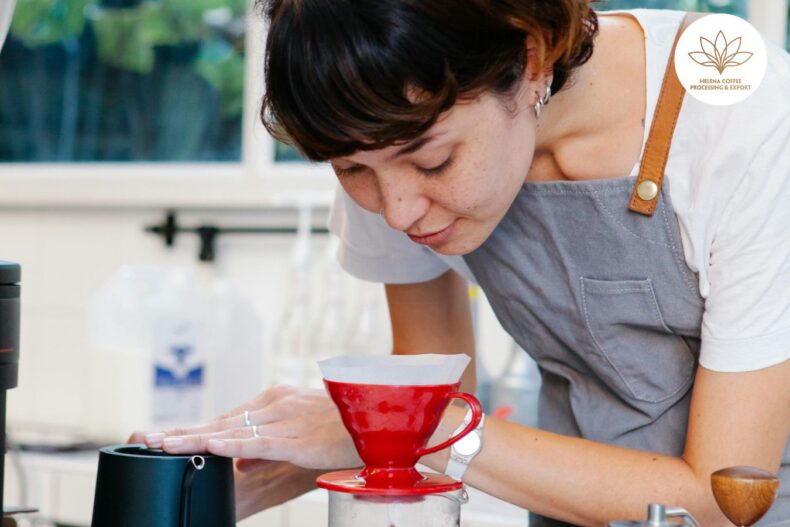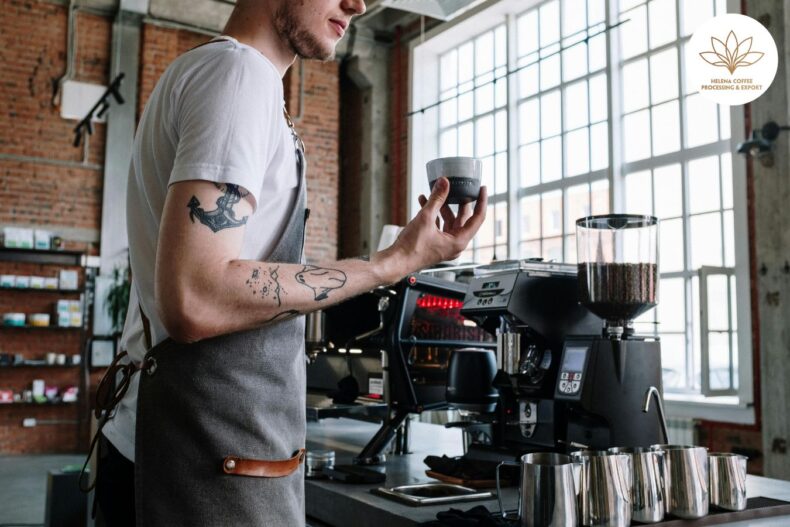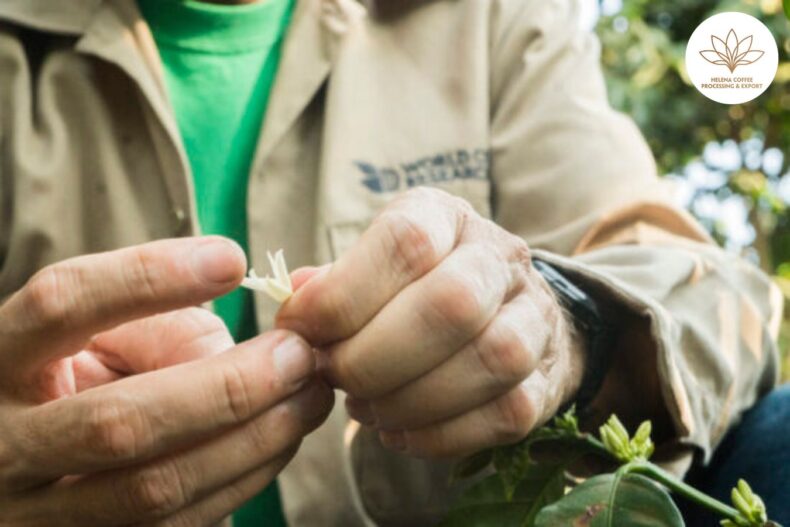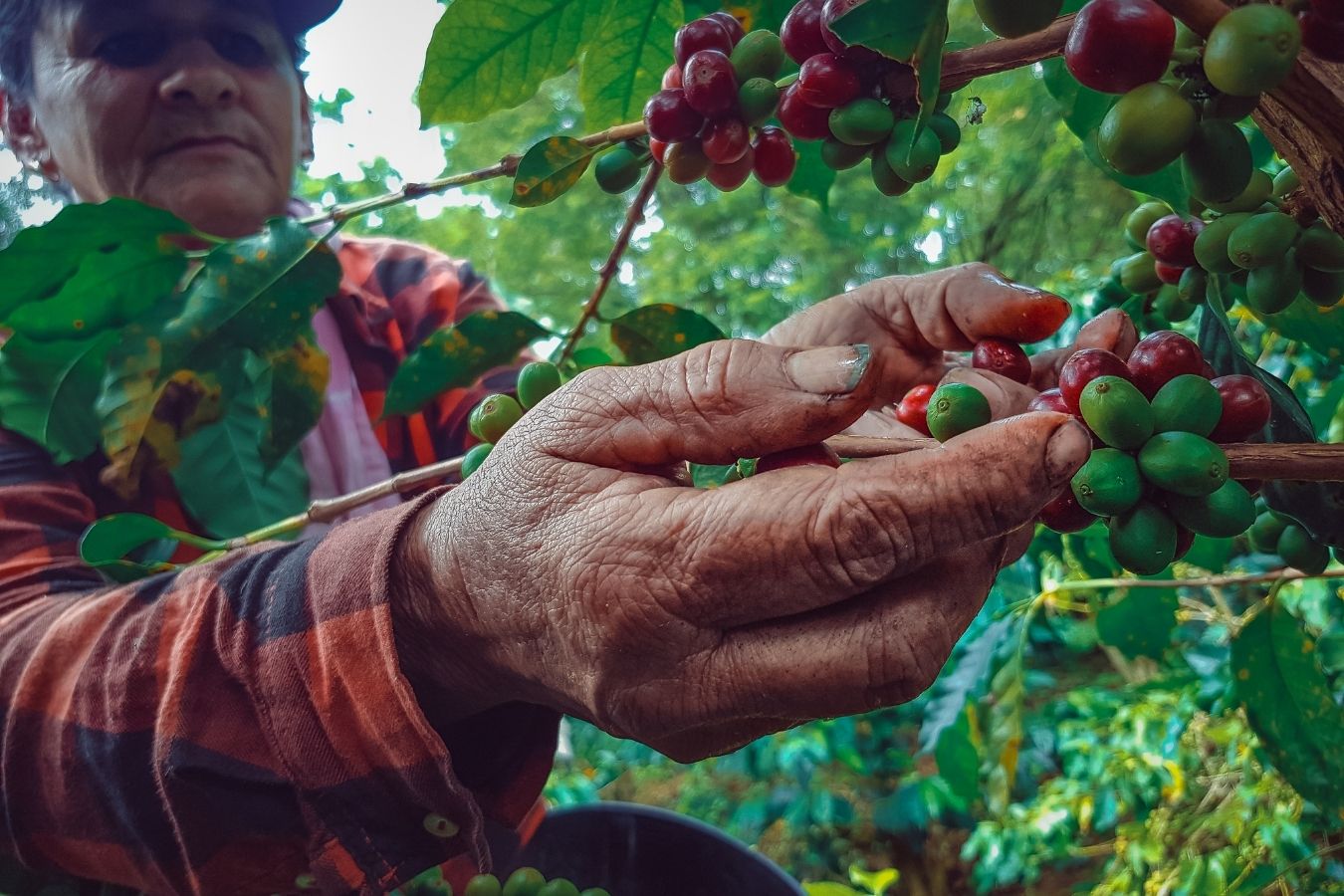
Specialty Coffee flavor and quality potential – Specialty coffee or high-quality coffee grow well only in certain parts of the world: at certain altitudes in countries, usually between the optimal latitudes or the ‘Ring. ‘ Coffee’ (Bean Belt).
More than 50 coffee-growing countries (often called Origin) lie on this belt, although not all produce specialty coffees. Some countries, like Vietnam, develop mainly Robusta; others focus on low-quality Arabica beans that are destined to become instant coffee and other commercial forms of coffee. Meanwhile, some countries produce specialty coffees to bring about outstanding profits.

So, what makes the above difference? Are some regions fortunate enough to inherit a climate that allows for the growth of high-quality coffee? At that time, whether a potential seed source is more important than geography, soil, rainfall, altitude, etc. When all the factors that determine the price, quality, and reputation of a coffee are based on flavor potential ideas – this is where we need to define what flavor potential is.
A new idea of the quality
First, it’s essential to know that different tools and brewing methods are designed to extract the necessary flavors in the beans. This article focuses on the factors that make coffee taste like this: the different beans grown to process and roasted. Hence, the extraction process or equipment. The concoction will be placed outside the (quality) frontier – since we’re only looking at flavors, not the ability to extract them.
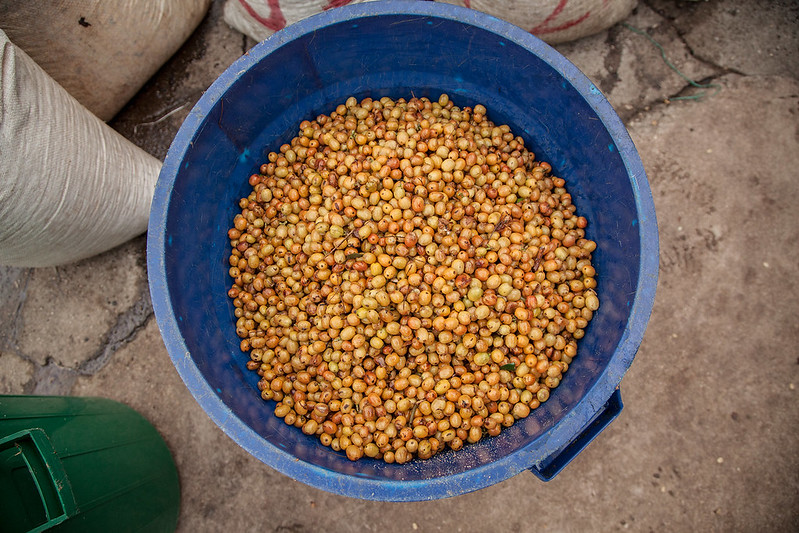
Second, despite its small size, the coffee bean is highly complex, and after centuries of consumption, it still reveals new aspects of our knowledge. And throughout the history of coffee, the art of roasting or processing has been seen as “mainstream” or “mainstream” when it comes to harnessing the potential of coffee’s flavor. On the contrary, the idea of studying the flavor potential of seeds from a geographical space associated with factors such as species, farming practices, etc., is relatively new, and there is still much to learn.
Brewing tools and craft techniques can do a lot, but no matter how well you perfect your technique, there’s no way to change the final quality if you start with the beans. Poor quality coffee –Craft Coffee
The flavor potential of seeds
In The Craft Coffee, coffee scientist Christopher H. Hendon showed that the outcome of any cup of coffee depends on four key variables: The flavor potential of green (unroasted) beans; Roasting process; Water Quality, and Coffee Brewing Techniques. However, H. Hendon does not assume that these variables account for an equal proportion of the quality function.

Accordingly, the flavor potential of green coffee beans has the most significant influence on the quality of the cup (so large that 2/3 of this article will be devoted to it) – Its impact is enormous compared to other brands.
On the other hand, you can approach this problem differently: there are always certain limits to a roaster, the technique of a barista, and the standard of the brew. But there has never been a limit to the quality of green coffee because this characteristic is governed by many more minor variables, which are extremely difficult to control, such as climate, soil, season, etc.
Factors affecting flavor potential
From a variety of peer-reviewed scientific literature, the following seven factors have been shown to influence the flavor potential of coffee: Genetic Origin, cultivation altitude, pests and diseases, processing techniques processing, drying, sorting, and storage. It should be noted, though, that there are things we haven’t studied/can’t study, don’t seem to play a role, or don’t have enough information to conclude their effects: light levels, soil type, source of fertilizers, agrochemicals, age of plants, etc. (according to The Little Coffee Know-It-All, Shawn Steiman )
To put it more simply, Britta Folmer’s The Craft and Science of Coffee has further explored the aspect of coffee bean quality before roasting to show that: The potential flavor of each coffee bean is determined by a combination of three pillars.
Environmental factors, genetic factors, and Agricultural practices; Now, things seem a little more complicated. However, you don’t need to compare whether we should listen to Britta Folmer or Shawn Steiman. Because the coffee knowledge doesn’t show how to produce a good coffee cup, we know how to avoid spoiling the potential. Its taste.
The division of factor groups
All of the factors mentioned above are important, but their interaction is most important. It should be well understood by coffee producers who want to produce high-quality coffee that some elements can be adjusted while others cannot. Scientific knowledge and evidence have accumulated over centuries of coffee farming, but many aspects are still new.
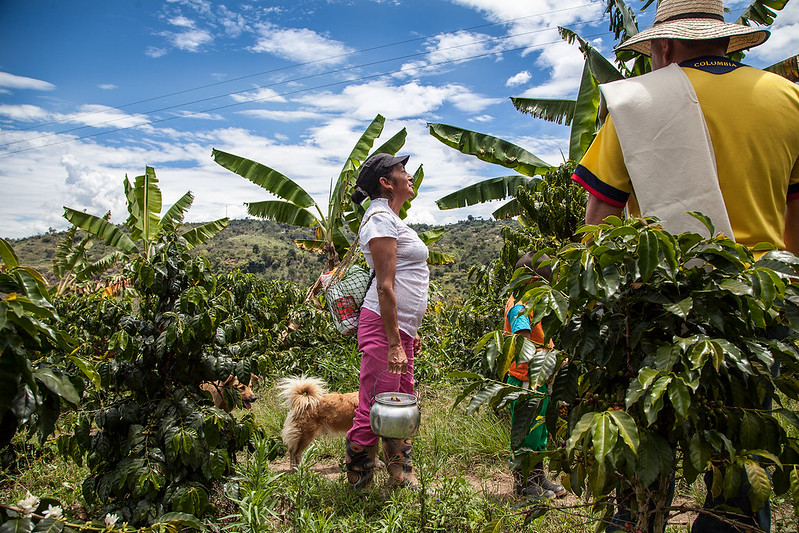
The environmental factors such as cultivation altitude, climatic conditions, and soil fertility are almost fixed and difficult to modify.
For example, proper shading, irrigation, and fertilization will never fully compensate for unsuitable environmental conditions. But, once given the favor from the ecological conditions, coffee farmers will have to choose the variety and type of coffee with the desired flavor potential – Research has proven that all coffee varieties are not equivalent in quality, and some will never produce the best quality.
In short, when farming sites and seed sources are committed enough for a flavor potential, new farming practices are introduced. If the coffee tree is not properly cultivated and harvested, the quality of green coffee obtained after processing will be unsatisfactory.
Terroir – Optimal Condition
Instead of calling all environmental factors – the coffee industry used to have a more concise and connotative term, “Terroir.”
Back to the problem mentioned at the beginning, coffee is present worldwide. Still, we only focus on distribution and development in a particular area – which we often call the coffee belt (The Coffee Belt). Bean Belt). This area is about 1,000km around the equator, limited between 23 degrees north latitude and 23 degrees south latitude. Most countries that produce commercial to specialty coffee are located in this region and are individually profiled in a coffee map.
However, the world’s high-quality coffee requires more than correct coordinates on a map. Everything about the environment related to the growth of the coffee plant is called Terroir (a term used in the wine industry before the coffee is mentioned). We place coffee plants on mineral-rich soil, covered by a warm tropical climate with lots of rain, a moderate amount of shade, and enough altitude to prolong the development time, helping the beans accumulate—more nutrients, leading to higher flavor potential. Then, the sum of these factors can be understood as “optimal conditions” or Terroir.

Although some exceptions exist, most of the highest quality coffees are developed into a suitable Terroir. But realistically – Terroir should only be understood as the set of factors ideal for coffee growth, not each coffee from a Terroir having a distinct flavor profile, as with 26 million farmers and 87 coffee-growing countries.
The number of Terroirs (if it has to be calculated) will reach 5,977 – that is to admit 5,977 types of coffee differ markedly in taste nuance (completely impossible, and we’ll leave Terroir here for now).
Finally, with more than 80 countries growing coffee and each country having many individual regions, it isn’t easy to name them all. The reality is that two farmers, separated by just a fence, can produce very different coffees. If this is the case, which one represents the Terroir of the region? If there are hundreds, if not thousands, of farmers in an area, all able to do their own thing, where is the nation’s Terroir? The past few decades have seen a diversification in the coffee industry that shows that the coffee terroir is no longer valid.
>>> Specialty Coffee Revolution
Reference source:
- Craft Coffee: A Manual: Brewing a Better Cup at Home Book by Jessica Easto
- The Little Coffee Know-It-All: A Miscellany for Growing, Roasting, and Brewing, Uncompromising and Unapologetic Book by Shawn Steiman
- The Craft and Science of Coffee By Britta Folmer
